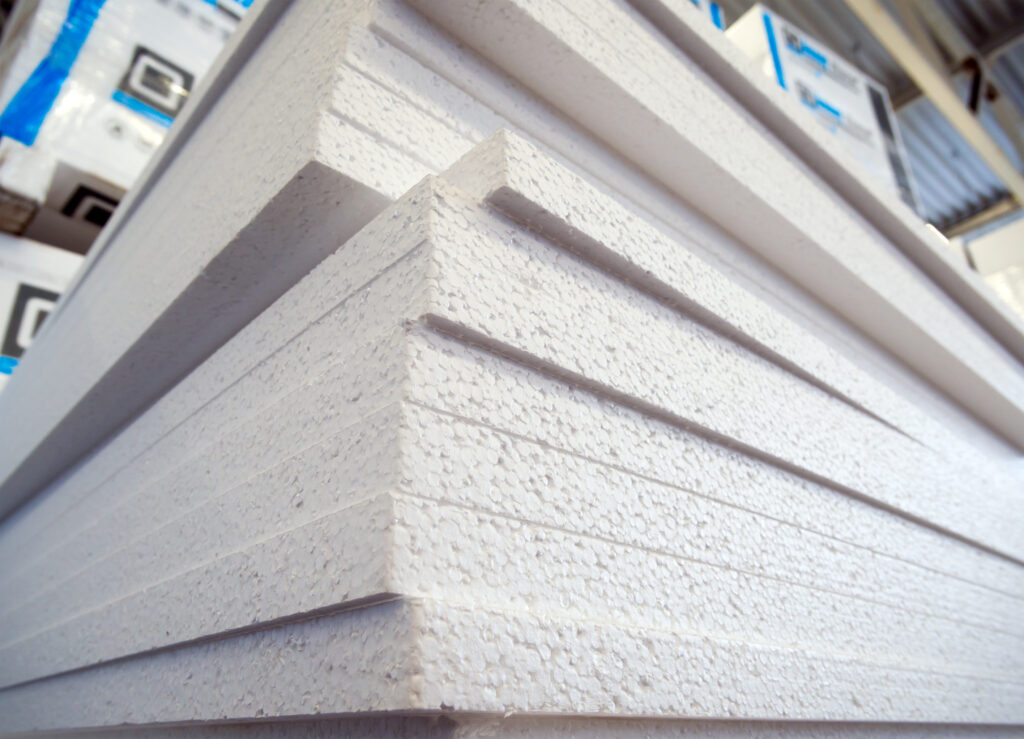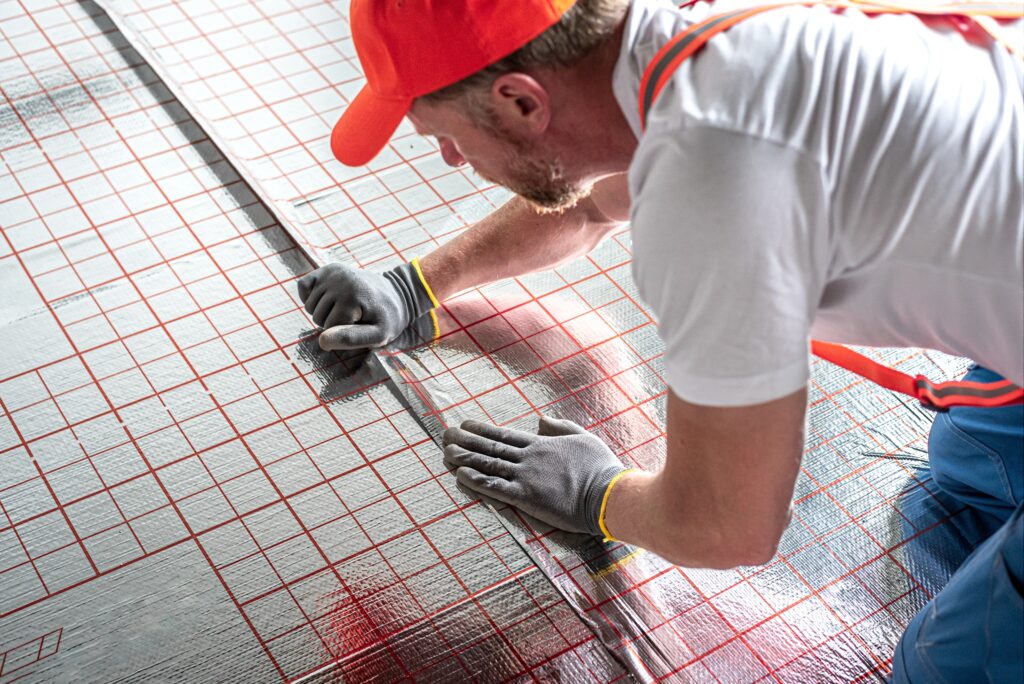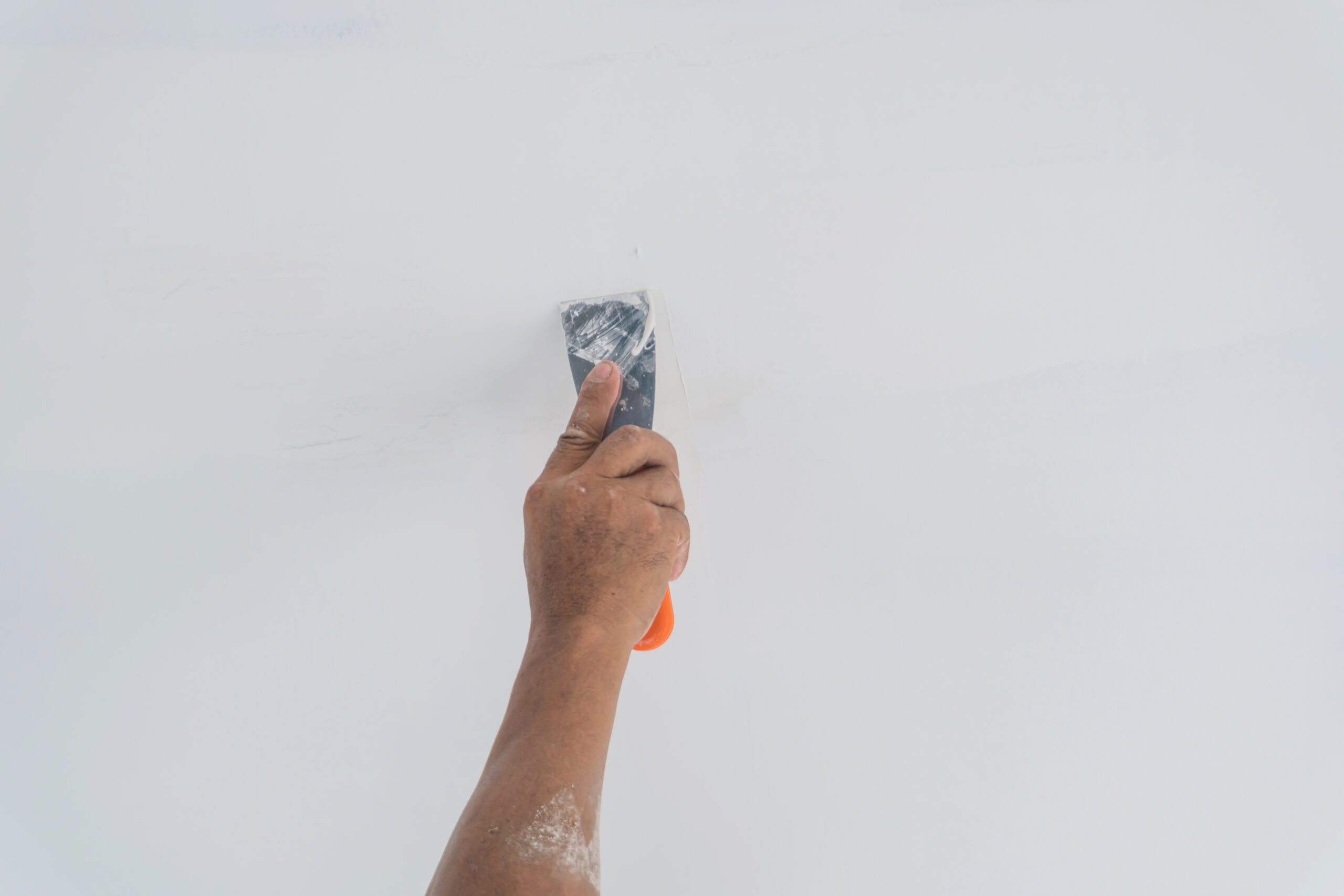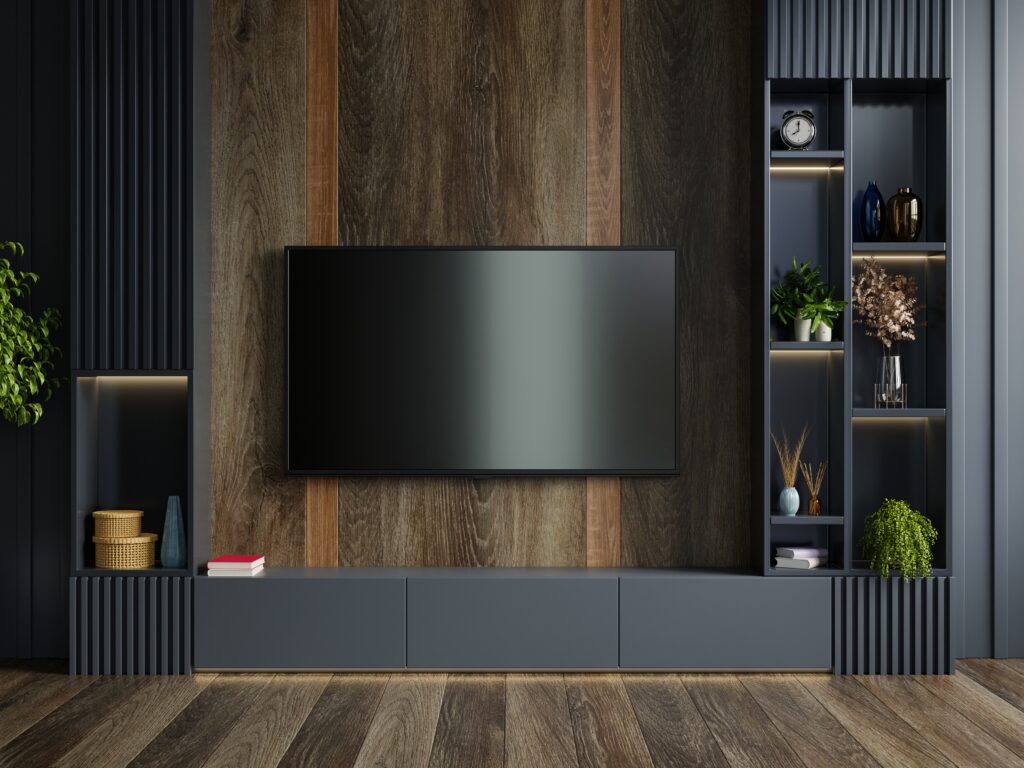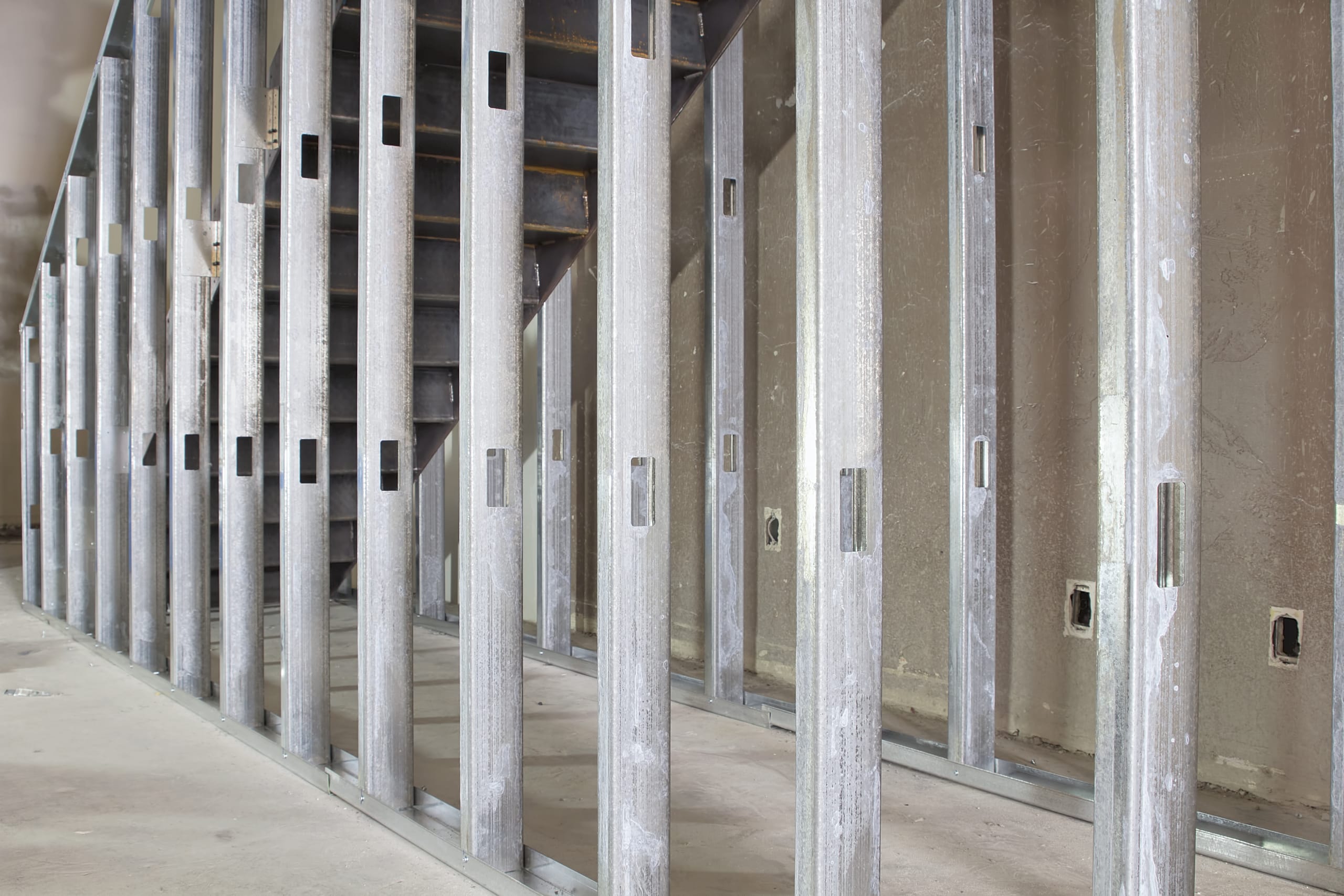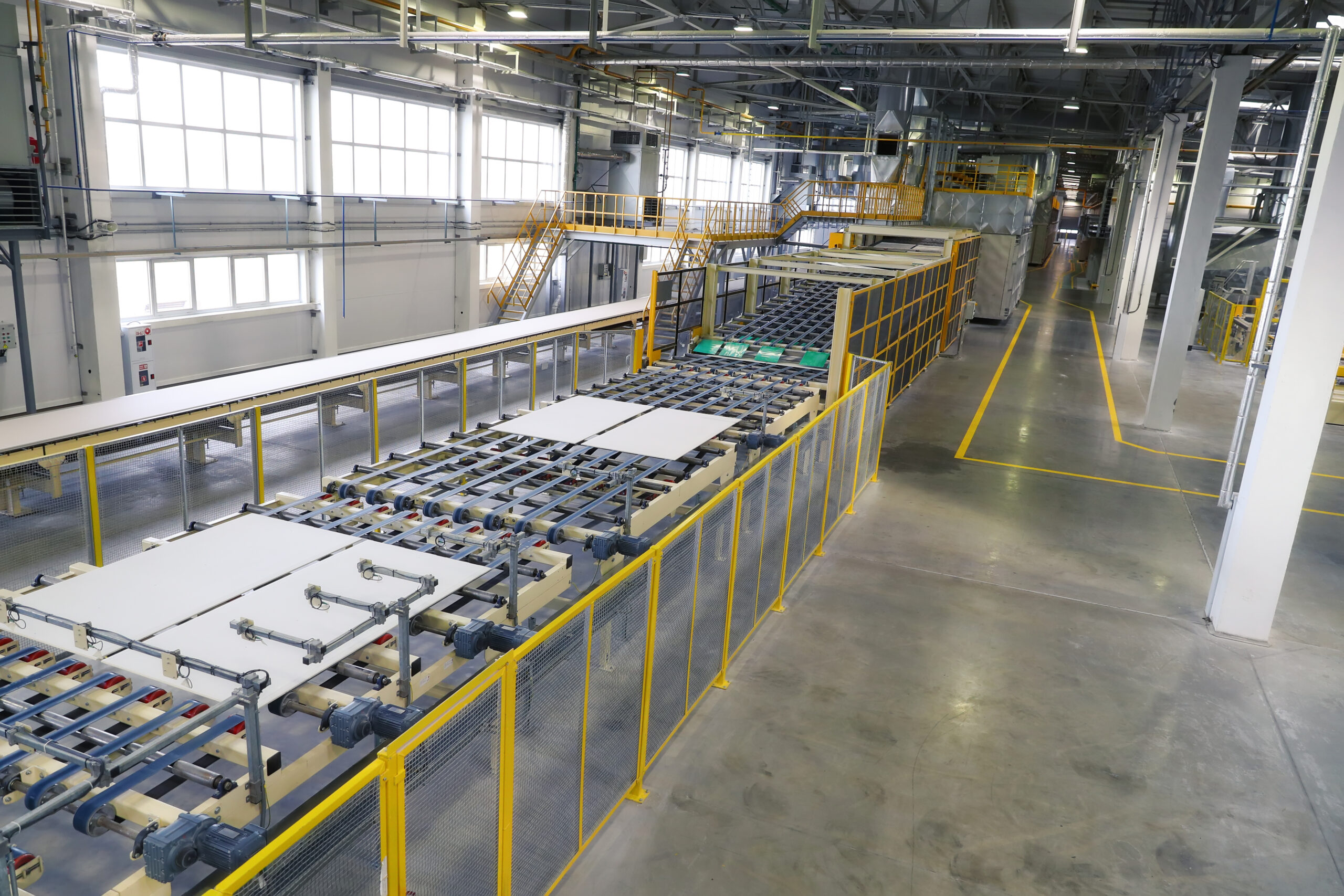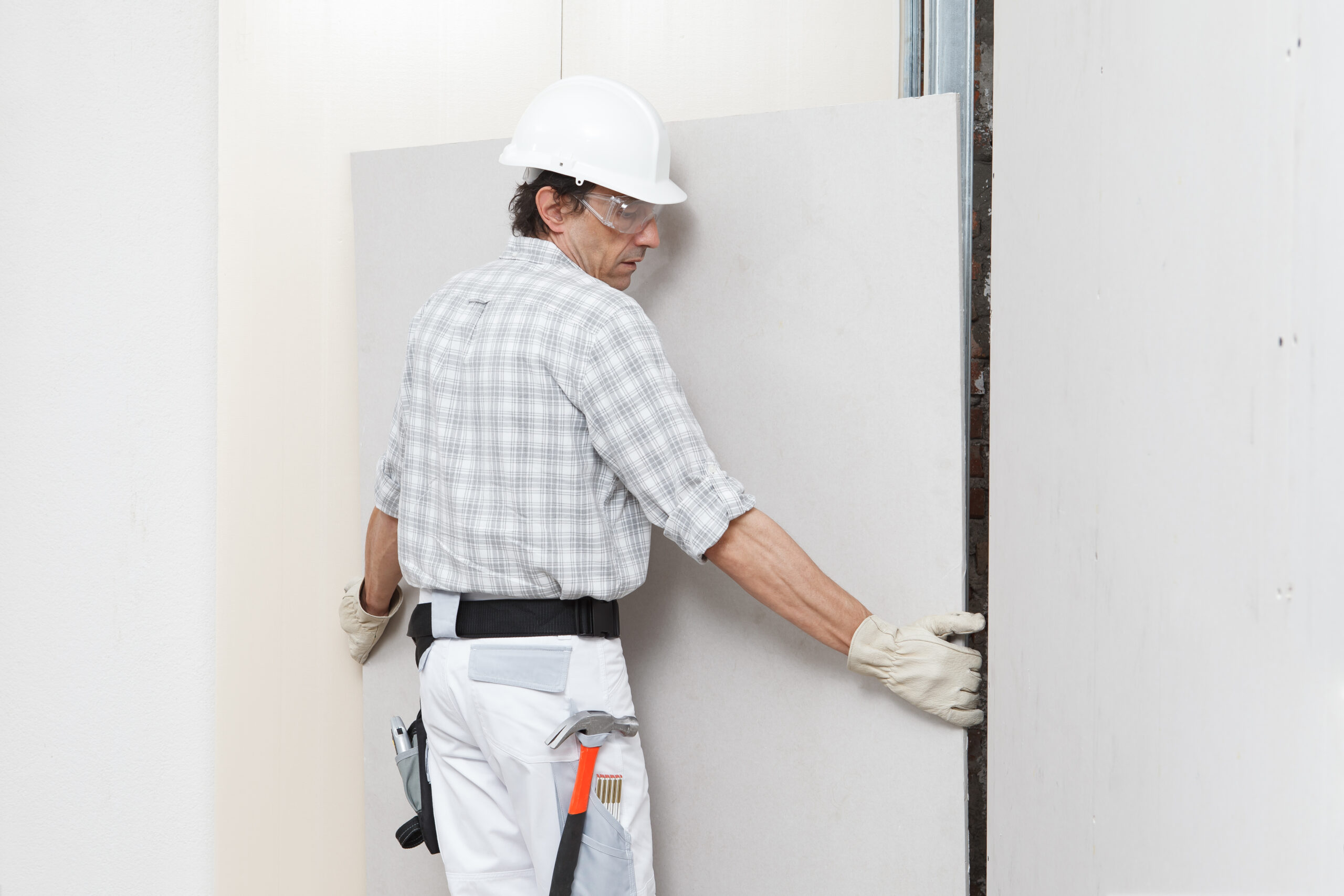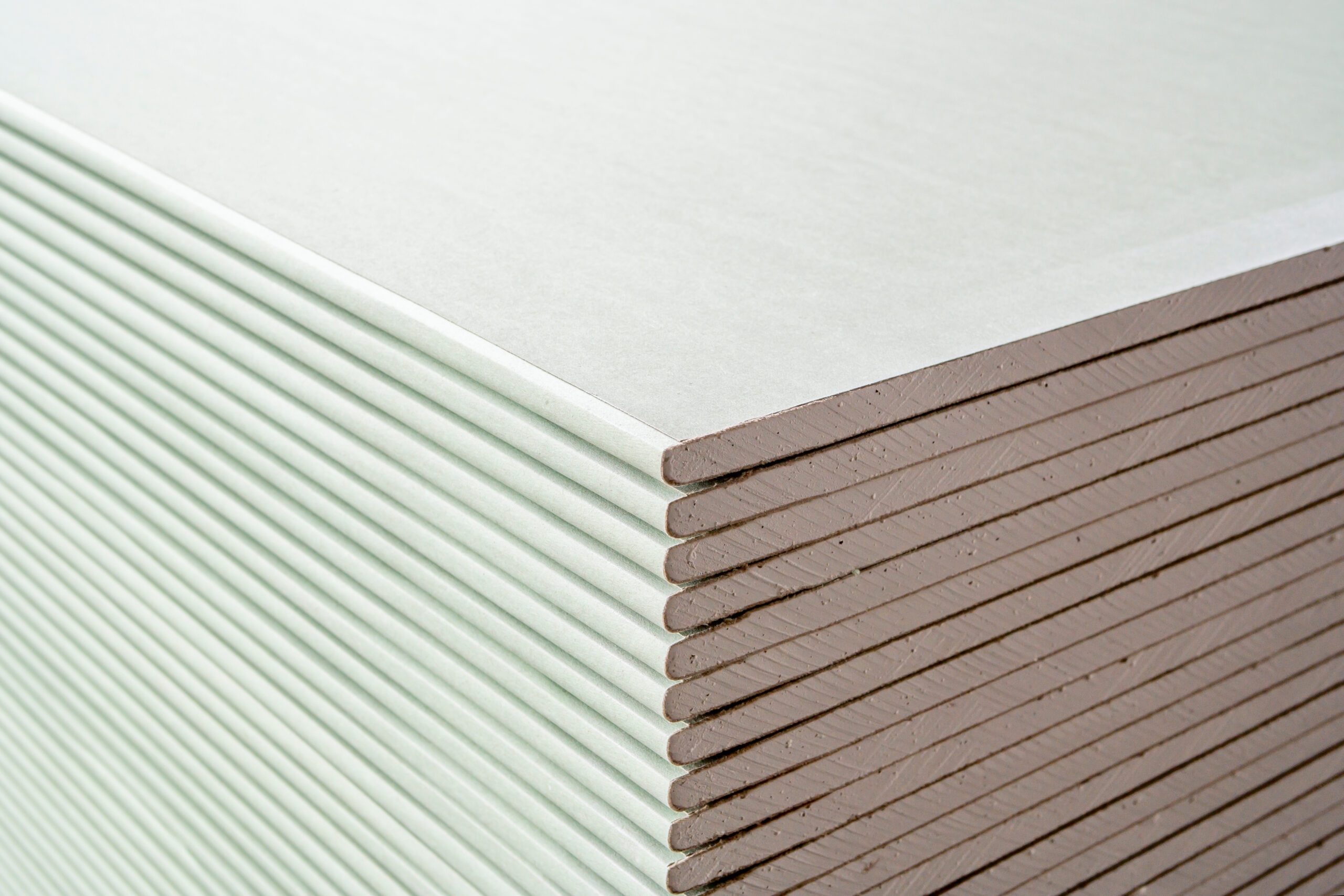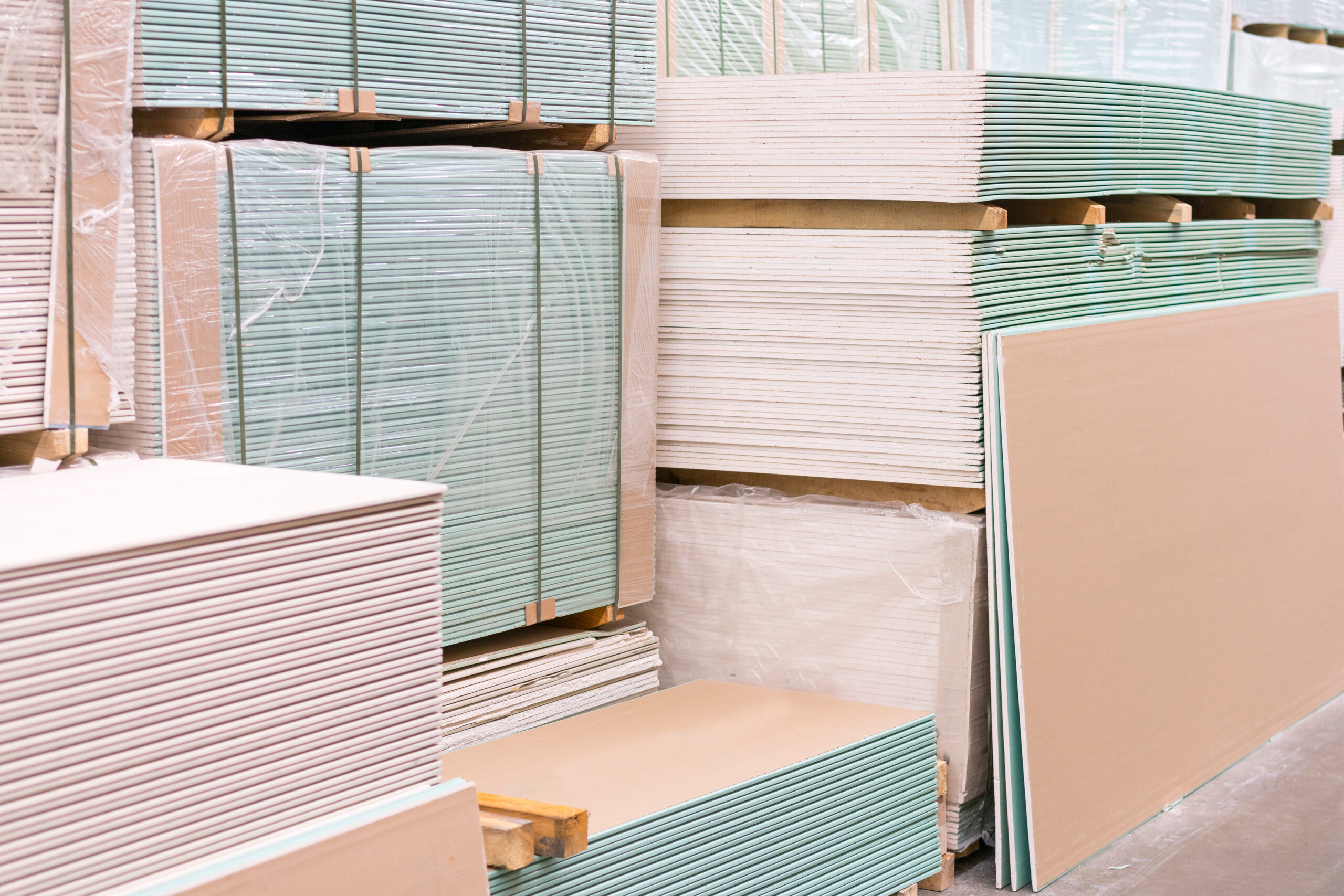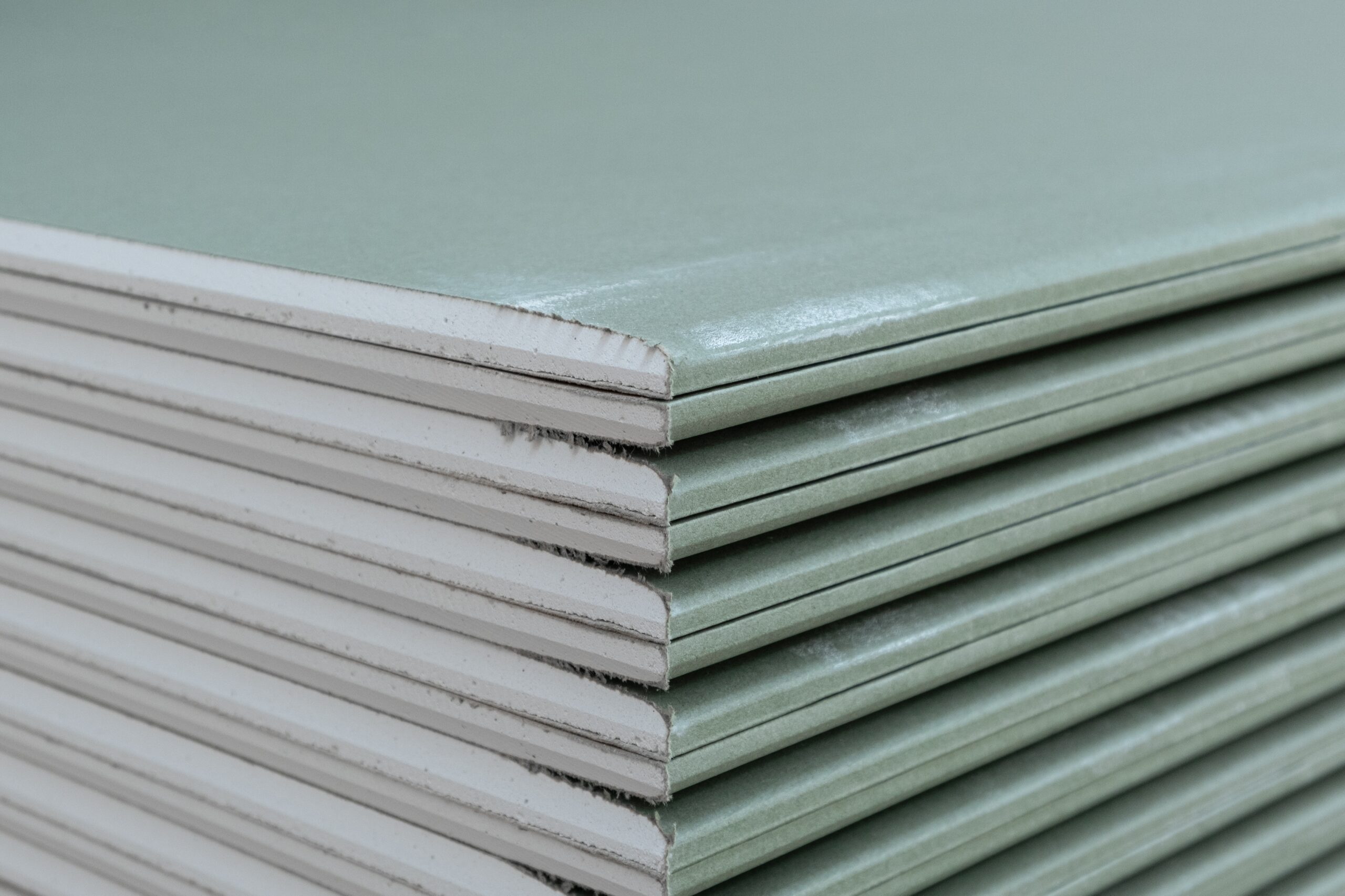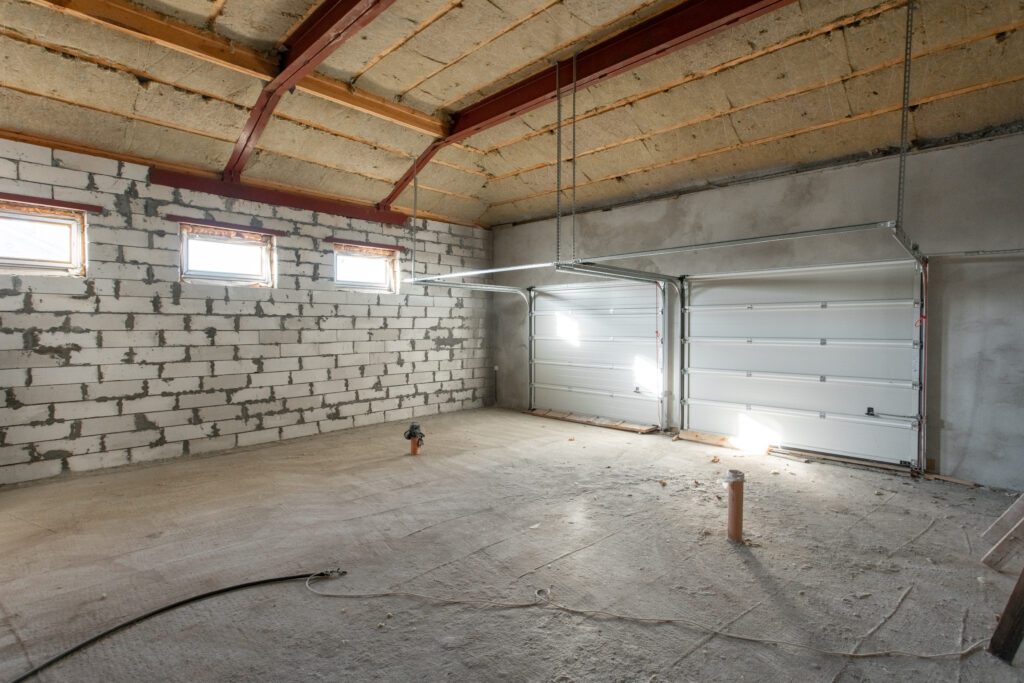Plasterboard & Drylining
(233 Products)If you’re planning on tackling a wall construction project, you'll almost certainly be getting your hands on some plasterboard. The central component of all dry lining systems, plasterboard comes in both Standard Boards and Performance Boards. Performance Boards are used in applications where additional fire, acoustic, moisture or vapour resistance is required. The most popular thickness of plasterboard is 12.5mm, and standard boards are available in both Square and Tapered edge forms.
What is Wallboard/Standard Plasterboard?
Plasterboard (often referred to as drywall or wallboard) is a favoured and high-speed alternative to the old-school lath and plaster method, as it is suited for direct decoration (so no hanging fire on painting) and cuts all the headache of applying and drying.
Installing plasterboard is a simple and cost-effective way to meet Building Regulations in general applications where basic fire, structural and acoustic levels are required such as internal walls and ceilings.
Where Is Plasterboard Used?
Comprising a hardened gypsum plaster layer sandwiched between two layers of thick paper, plasterboard is the perfect drylining solution for dry lining walls, wall lining, ceiling systems and drywall partitions.
What's more, if you are looking to dryline curved walls, your options aren't limited to wet plaster, there are also flexible curved plasterboards available on the market.
What Are The Benefits of Using Plasterboard Over Wet Plaster?
- You don’t need to be an expert to install a plasterboard sheet correctly. Whilst it may take patience and effort to get the boards into the correct position on the wall, you’ll catch on fast.
- The smooth finish of the boards promises a clean and flush base on which to decorate.
- It is faster, cheaper, and less labour-intensive than the process of wet plastering.
- In terms of thermal efficiency, drywall has a slight edge over plaster.
- Dry-lined walls are easier to change.
- Smooth surface that finishes such as paint can be applied directly to.
- Drywall can easily be cut into when making in-wall repairs - holes in plasterboard walls are much easier to fix.
Standard Plasterboard Application
Standard plasterboard sheets can be easily fixed to the wall, timber/metal partitions (with mechanical fixings) and various brick/masonry constructions using the "dot and dab" method, in which plasterboard is applied to the surface of the walls or insulation with plasterboard adhesive.
Types of Performance Plasterboard
Aside from standard plasterboard, there are also specialist plasterboard sheets available on the market, including:
- Insulated plasterboard (thermal laminate)
- Fire-resistant plasterboard
- Plasterboard backed with a vapour control membrane
Fire-Resistant Plasterboard
Fire-resistant plasterboards feature an aerated gypsum core reinforced with glass fibre and other elements before being strongly sealed to pink paper, hence the common “pink plasterboard” label.
Gyproc Fireline Plasterboard is just one of many fire plasterboards we sell; this square-edged plasterboard offers a slick straight edge profile and is ideal for applications where stringent fire performance is required.
Gyproc offers both fireline and moisture-resistant boards. Fireline offers fire resistance and increased protection for structural steel with a non-combustible gypsum core. If heat retention is what you're after, we suggest applying insulation with a low thermal conductivity along with the plasterboard.
Moisture-Resistant Plasterboard
Moisture-resistant plasterboard is specifically designed to tolerate moist and humid conditions such as those found in a bathroom or kitchen.
Designed for direct tiling application (with no surface preparation required), these drywall green boards should be used in conjunction with other drywall components to create partition and ceiling systems that support moisture resistance.
Sound-Proof Plasterboard
Acoustic plasterboard promises noise reduction and a welcome break from the interruptive soundscape of your home.
Acoustic plasterboard features a much higher density core than standard plasterboard. It is this core which lends itself to the reduction of noise pollution and improves sound insulation within your home; as sound energy struggles to travel through it, allowing for a noise reduction of between 30-50 decibels.
Insulated Plasterboard
Insulated plasterboard (otherwise known as thermal plasterboards) provide an all-in-one solution for those not wanting to waste time sourcing and fitting different insulation essentials.
Although plasterboard is not most commonly known for its thermal performance, insulation plasterboard offers the user the ability to install both the insulation and plasterboard in one operation, offering drylining and added thermal insulation benefits.
Tapered Edge Plasterboard
Tapered edge plasterboard is ideal for taping and jointing with jointing tape and jointing compound to achieve a flush finish or for a single coat gypsum plaster finish.
Tapered edge plasterboard is the prime choice for walls (flat wall insulation) no matter the desired finish.
Square Edge Plasterboard
Square edge boards are perfect for textured finishes or undecorated applications. The boards maintain the same thickness throughout, and when pushed together, form the so-called butt joint.
If you are planning on skimming the plasterboard with plaster we recommend opting for straight edge as it is generally cheaper.
Frequently Asked Plasterboard & Drylining Questions
How to Cut Plasterboard
We recommend cutting plasterboard with a regular plasterboard saw. You will need a straight edge, Stanley knife, a pencil and a measuring tape. Holes for switch or socket boxes should be cut out before the boards are fixed.
As ever, we recommend marking your measurements before cutting and wearing protective gear when cutting and fitting plasterboard.
Top tip - Dry-lining a timber frame: If your wall is very uneven, you can simply attach a framework of timber studs to it, so that you can then fix plasterboard to it.
Are Gypsum Board & Plasterboard The Same Thing?
Yes. Plasterboard goes by several names including gypsum board, drywall, wallboard or wall panels.
How To Store Plasterboard?
Most plasterboards will come with a protective plastic coating, which should remain on until you are ready to tackle your drylining job. We recommend keeping the boards on a flat surface in a dry environment to prevent bowing.

.jpg)

.jpg)
.jpg)
.jpg)
.jpg)
.jpg)
.jpg)
.jpg)
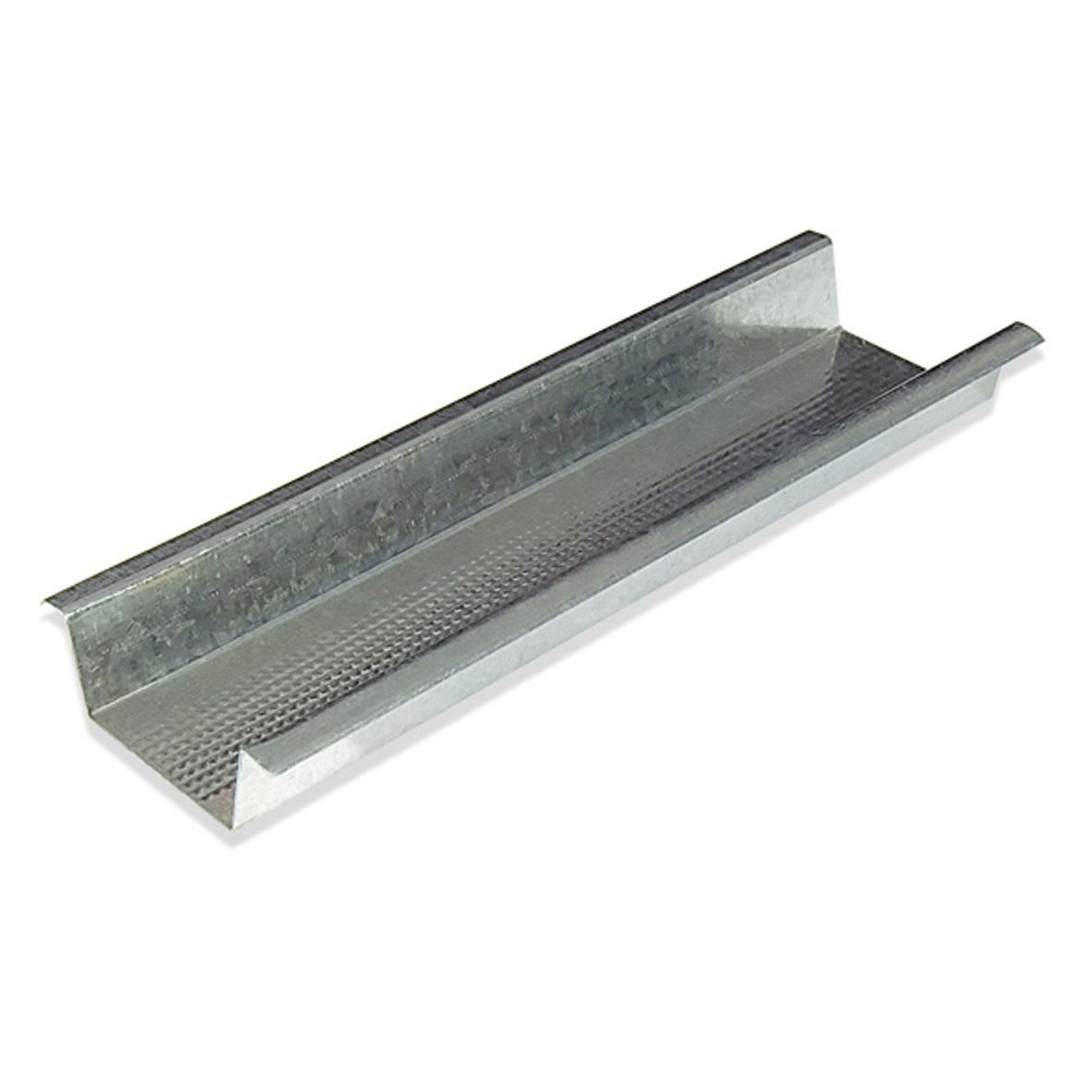


.jpg)

